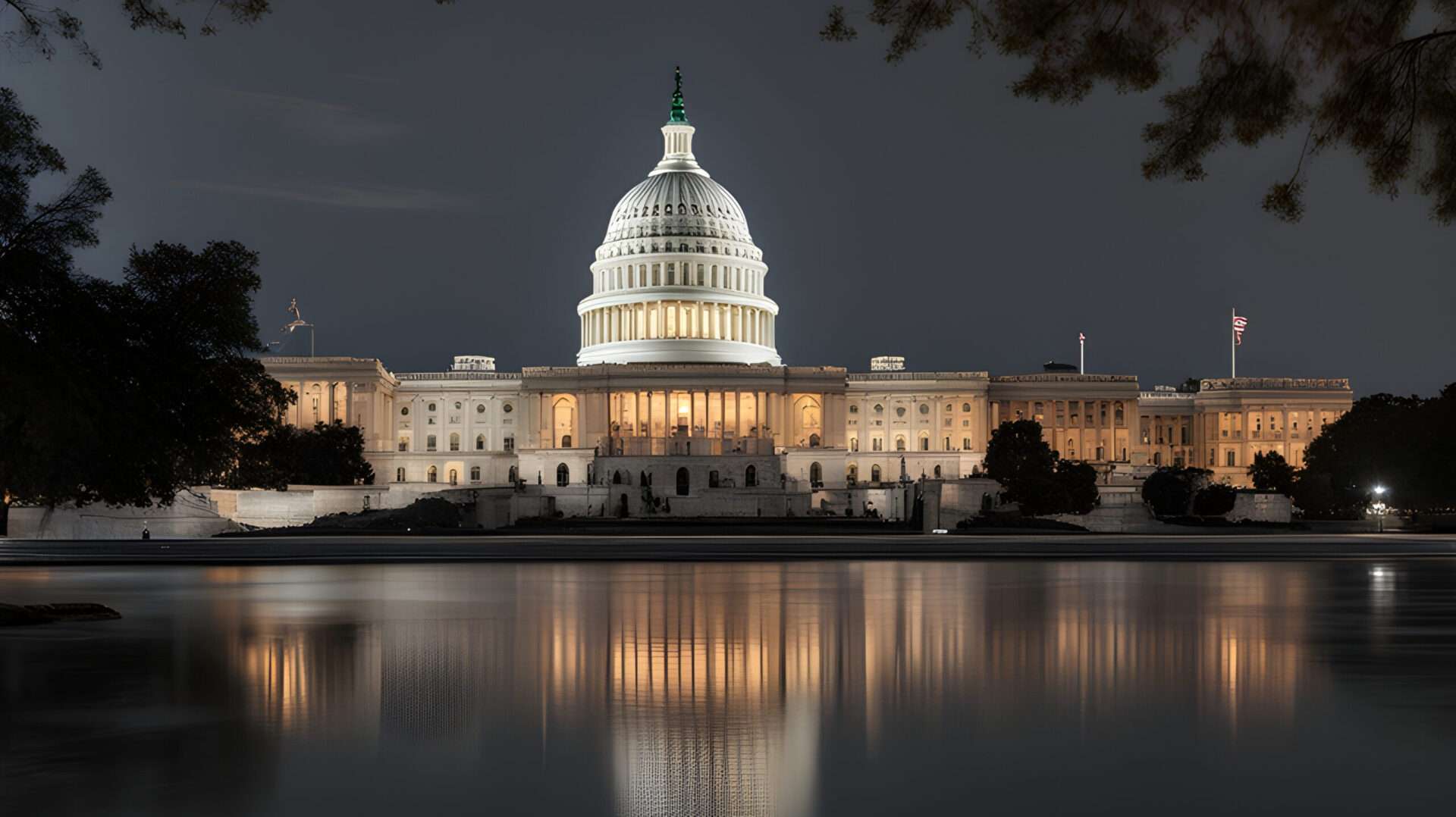Note: Political Awareness’s published communication is never authorized by any candidate or their committees.
Is America Ready for a Third Party?
The Case for a “Middle Party”
In recent decades, the United States has become increasingly polarized, with the two main political parties—the Democrats and Republicans—further entrenching themselves in their respective ideological strongholds. The growing dissatisfaction with this binary system has led to discussions about the viability of a third party, potentially called the “Middle Party,” aimed at uniting moderate voices from both sides of the aisle. But is America really ready for such a movement?
The Current Landscape: Polarization and Disillusionment
The data speaks volumes: a significant portion of the American public feels disenchanted with the traditional two-party system. According to a 2021 Gallup poll, nearly 60% of Americans believed a third major party is needed. The political landscape is characterized by hostility and division, which has left many moderates feeling alienated. The rise of extreme views has exacerbated this divide, pushing many to the fringes of political thought, while the moderates—those who occupy the middle ground—feel increasingly voiceless.
What the Middle Party Could Represent
A “Middle Party,” as a concept, could be defined by several pillars that resonate with a significant portion of the population:
1. Pragmatism Over Partisanship: A focus on policies that work, regardless of their perceived partisan affiliation. This includes bipartisan approaches to issues such as healthcare, climate change, and economic inequality.
2. Inclusivity: The Middle Party could foster an environment where diverse viewpoints are welcomed, promoting dialogue and debate instead of hostility. This inclusiveness could lead to innovative solutions that traditional parties often overlook.
3. Decentralization of Power: The Middle Party could advocate for campaign finance reform and measures aimed at reducing the influence of money in politics. This would help amplify the voices of everyday Americans rather than those with deep pockets.
4. Data-Driven Policy: Relying on empirical evidence and scientific research rather than ideology could make the Middle Party a strong contender. This could appeal to voters tired of ideology-driven policies that aren’t grounded in reality.
5. Civic Engagement: A robust grassroots effort to engage citizens in the political process, focusing on local issues. This could involve everything from town halls to community forums in an effort to revive the American political spirit.
Historical Context and Challenges
While the idea of a third party is not new—consider the role of the Progressive Party in the early 20th century or Ross Perot’s Reform Party in the 1990s—most attempts have ultimately faltered, typically struggling with a lack of resources, media visibility, and voter acceptance. Third parties often face systemic challenges like the “winner-takes-all” electoral system, which discourages votes for less popular candidates due to fears of “wasting” a vote.
For a Middle Party to succeed, it would need to navigate these hurdles adeptly. This may involve tactical alliances with existing independent candidates and utilizing modern technology and social media to mobilize and engage younger voters who are more inclined toward non-traditional political options.
The Impact of Social Media and Technology
The rise of social media has transformed political engagement. Platforms like Twitter, Facebook, and TikTok have allowed for grassroots movements to gain traction in ways previously unimaginable. The Middle Party could harness these tools to build a narrative that resonates with disenfranchised voters—particularly the younger generation, who are increasingly turning away from traditional party politics.
Moreover, utilizing data analytics to understand voter demographics and sentiment can help craft targeted messages that appeal to specific communities, tapping into the unique concerns and aspirations of the electorate.
Potential Roadblocks
Despite its appeal, the Middle Party concept is not without challenges. The two-party system has a strong entrenchment in American politics, supported by established voter habits and institutional structures. The fear of siphoning votes from one of the major parties—thus inadvertently aiding the more extreme faction—might deter potential supporters.
Moreover, the ideological diversity within a third party could lead to conflicts. Defining a cohesive platform that satisfies moderates from both ends of the spectrum can be a complex endeavor.
Conclusion: A Rising Movement?
The potential for a Middle Party to emerge as a viable political alternative in the United States hinges on a combination of public sentiment, grassroots mobilization, and strategic engagement in the political process. As more Americans express discontent with the current binary political landscape, the door for alternative viewpoints is widening.
While significant challenges remain, the idea of a Middle Party could represent a much-needed shift towards a more inclusive, pragmatic, and less divisive political atmosphere. It remains to be seen whether America is ready to embrace this change. But the discourse around a third party has certainly gained traction. Ultimately, the success of such a movement would depend on the ability to transform ideas into action, rallying a diverse coalition of voters who crave a fresh perspective in American politics.

Leave a Reply